Norges forskningsråd, Fondet for avgiftsmidler på landbruksprodukter, Tine, Geno og DeLaval
The project focused on new opportunities and challenges arising from the use of milking robots, also known as automatic milking systems (AMS), in Norwegian dairy farms. Our research topics have been continued in the iKu project. We developed new methods for monitoring health, reproduction, and energy status of cows in AMS herds. Furthermore, we established new phenotypes for the breeding of Norwegian red cattle. We also investigated farmers motivations for investing in milking robots (AMS) and their strategies for integrating this technology.
Over the past two decades, milk production in Norway has undergone significant transformations, with the majority of Norwegian cows now being milked in AMS herds. The transition from conventional milking to AMS involves substantial investment costs, often necessitating an increase in milk yield per cow.
Health and fertility faces distinct challenges in Norwegian cattle due to the country's specific climate and geography, where grass silage serves as the primary source of roughage. Consequently, the implications of intensifying dairy farming require special consideration under Norwegian conditions.
Milk production serves as the cornerstone of Norwegian food production, and it is crucial for decision-makers to understand the factors that motivate and enable farmers to undertake the necessary investments in transitioning from conventional milking systems to AMS.
This project, titled "New Approaches for Management and Breeding of Dairy Cows in Automatic Milking Systems (NFR no. 244231)," received a basic funding of NOK 22 million. Furthermore, the project facilitated two "commercial sector Phd's" with a total budget of NOK 14 million: "Udder Health and Somatic Cell Count in Automatic Milking Systems (NFR no. 249158)" and "Efficient, Hygienic, and Cow-Friendly Milking of Dairy Cows in Automatic Milking Systems (NFR no. 249159)."
Throughout the course of these three projects, researchers from various disciplines, including social science, livestock and veterinary science, mathematics, physics, and chemistry, collaboratively worked towards enhancing the well-being of both people and cattle within the Norwegian milk production sector.
The primary objectives of the three projects were to investigate the factors influencing farmers' decisions for the transition from traditional milking systems to AMS, and to establish novel phenotypes and monitoring techniques for assessing the health, reproduction, and energy status of Norwegian dairy cows
We have estimated the energy balance (difference between energy intake and requirements), using Fourier-transform infrared (FTIR) spectroscopy of milk samples. The estimated Energy balance has been compared with feed intake data from feeding trials as the gold standard.
Spectroscopy can be used to estimate chemical composition, and each milk sample measurement represents a spectrum consisting of around 1,000 different variables. The information in these variables provides insights into the cow's energy status. Using this technology and stratification of the lactation period, we were able to achieve an accuracy in our models that had not been attained previously.
These results are published in The Journal of Dairy Research:
We investigated whether a dynamic approach to dairy cow feeding could improve the balance between silage intake and milk yield by utilizing data generated by the AMS. We found no significant difference in feed efficiency between cows on the dynamic feeding regimen and those on the traditional (static) ration. Implementing a dynamic feeding regimen was more challenging for primiparous cows due to difficulties in predicting their feed intake compared to older cows
During the project period, the following congress article was published.:
Data from the feed trial has also been used for two MSc degrees at NMBU:
Milk production, subclinical ketosis, and reproductive performance are strongly influenced by a cow's energy status during the first weeks after calving. Certain fatty acids can serve as biomarkers for negative energy balance. Using FTIR spectroscopy, we predicted the relative percentage of fatty acids in milk fat and studied their relationships with:
a) Number of days elapsed from calving to the onset of progesterone production by the ovaries.
b) Subclinical ketosis monitored by blood BHB (betahydroxybutyrate) concentration
The results are published in Journal of Dairy Science and Foods:
The relationship between fatty acid profiles in milk identified by Fourier transform infrared spectroscopy and onset of luteal activity in Norwegian dairy cattle
J., Dairy Sci. . 98:5374–5384
2015
Exploring Dry-Film FTIR Spectroscopy to Characterize Milk Composition and Subclinical Ketosis throughout a Cow’s Lactation
2021
Predictions of subclinical ketosis using fatty acid profiles has also been topic in one MSc degrees at NMBU :
Subclinical mastitis serves as a substantial reservoir for infectious mastitis bacteria within dairy herds. We have developed a method utilizing online cell counts (OCC) for the early diagnosis of subclinical mastitis. Additionally, we established a mathematical model to forecast the transmission of infection between cows in automated milking systems (AMS). This model enables us to predict the future prevalence of subclinical mastitis within the herd.
The publications of our research findings on subclinical mastitis are listed below:
Deterministic modeling of the transmission dynamics of intramammary infections
Conference Series 2018; Volum 1132.
2018
Multiphase modeling of intramammary infections caused by Corynebacterium species.
Conference Series 2018; Volum 1132.
2018
The detection of intramammary infections using online somatic cell counts
Dairy Sci. 2019. 102:1–11
2019
Transmission dynamics of intramammary infections caused by Corynebacterium species
Dairy Sci. 2018. 101:472-479
2018
Dynamics of somatic cell count patterns as a proxy for transmission of mastitis pathogens
J. Dairy Sci.
2019
Enhancing the milking process can lead to improved udder health and, consequently, higher animal welfare within the herds. We compared udder health indicators, including OCC and teat end conditions, with data on milk flow, vacuum levels, and milking duration collected directly from the AMS. Traditionally, such data required time-consuming testing procedures. In our approach, we harness data collected by the AMS system, and our results show promising implications for future advisory work.
This part of the project yielded three scientific publications:
Substantial volumes of precise and objective measurements are systematically collected during each milking session by the AMS. By merging data gathered from the AMS and its associated sensors with information from the Norwegian herd health services, we were able to compute more accurate breeding values for several breeding traits for Norwegian Red. Our investigation has focused on milking-related traits, including temperament, robot efficiency, and udder health. We identified novel phenotypic traits exhibiting a higher heritability compared to traditional traits
In this part of the project, we have produced the following scientific publications:
A genetic study of new udder health indicator traits with data from automatic milking systems
Journal of Dairy Science 2020; Volume 103, 7188-7198
2020
Are farmer assessed temperament, milking speed, and leakage genetically the same traits in automatic milking systems and traditional milking systems?
Journal of Dairy Science 2020; Volume 103, 3325-3333
2020Data from the project has also been used in two MSc degrees at NMBU: :
This part of the project has also produced two MSc degrees at NHH
Milk Spectroscopy: Findings from the AMS project reveal that FTIR spectroscopy of milk can predict feed intake, energy balance, reproductive capacity, and the occurrence of certain diseases such as subclinical ketosis. The implementation of a milk composition and quality sensor on the farm would enhance resource efficiency, making it imperative to prioritize the development of this sensor technology
Dynamic feeding is a concept well suited for AMS, facilitated by continuous monitoring of milk yield and the ability to make swift and frequent adjustments in feed (concentrate) allocation. Our results are important for advancing the adoption of dynamic feeding for Norwegian Red cows.
Subclinical Mastitis: Our adaptations of OCC values demonstrate that farmers can employ our model for two key purposes: Identifying cows suitable for bacteriological milk culture, and for tracking the progression of subclinical mastitis at herd level. Moreover, the dynamic compartment model can be used to assess the effectiveness of management strategies, including culling, treatment, and the implementation of preventive measures against subclinical mastitis."
Assessment of the milking process: We have demonstrated that several parameters typically derived from milking-time tests, such as milk flow and milking speed, can be directly collected from the AMS and utilized to evaluate its performance with regard to udder health. TINE will incorporate the findings from this project into their advisory services for Norwegian dairy farmers.
Cattle breeding: We have demonstrated that data from AMS can be utilized to calculate breeding values and to develop new phenotypes. Geno will harness this knowledge and incorporate it into the calculation of breeding values as soon as a system for routine collection of all data from the AMS is in place.
Political and Social Implications: Our research has highlighted the significance of political instruments in dairy farmers' decisions to invest in AMS. We have documented the interconnections between an individual farmer's investment choices, economic factors, and societal consequences. Furthermore, we've unveiled the impact of AMS on farmers' daily lives and overall well-being.
In 2020 the following three PhD dissertations from the AMS project were approved at NMBU:
Åshild Taksdal Randby
Tidligere forsker
Amira Rachah
Tidligere postdoktor
Karoline Bakke Wethal
Tidligiere ph.d.-student
Gunnar Dalen
Tidligere ph.d.-student
Håvard Nørstebø
Tidligere ph.d.-student
Dan Christoffer Jansen
Tidligere ph.d.-student
Eksterne deltakere
Stay in dairy? Exploring the relationship between farmer wellbeing and farm exit intentions
Journal of Rural Studies, Vol. 92 s. 306-315
2022
Specification Search in Structural Equation Modeling (SEM): How Gradient Component-wise Boosting can Contribute
Structural Equation Modeling: A Multidisciplinary Journal, 29:1, 140-150
2021
Automatic milking systems and farmer wellbeing–exploring the effects of automation and digitalization in dairy farming
Journal of Rural Studies Vol. 80 s. 469-480
2020
Fourier transform infrared spectroscopy of milk samples as a tool to estimate energy balance, energy- and dry matter intake in lactating dairy cows
Journal of Dairy Research
2020
The political robot – The structural consequences of automated milking systems (AMS) in Norway
NJAS - Wageningen Journal of Life Sciences Article, 2020, Vol 90-91.
2020
A genetic study of new udder health indicator traits with data from automatic milking systems
Wethal, Karoline Bakke, M. Svendsen and B. Heringstad, Journal of Dairy Science 2020; Volume 103, 7188-7198
Bonden, familien og melkeroboten – en ny hverdag
Ruralis Rapport nr 2/2019, ISSN 1503-2035.
2019
Factors associated with milking-to-milking variability in somatic cell counts in an automatic milking system.
Nørstebø, H., Dalen, G., Rachah, A., Heringstad, B., Whist, A.C., Nødtvedt, A., Reksen, O., Preventive Veterinary Medicine, 2019
Large-scale cross-sectional study of relationships between somatic cell count and milking-time test results in different milking systems.
Preventive Veterinary Medicine, 2019
2019
Dynamics of somatic cell count patterns as a proxy for transmission of mastitis pathogens
J. Dairy Sci.
2019
The detection of intramammary infections using online somatic cell counts
J., Dairy Sci. 2019. 102:1–11
2019
Farmer welfare and animal welfare - Exploring the relationship between farmer’s occupational well-being and stress, farm expansion and animal welfare.
Preventive Veterinary Medicine 170
2019
Genetic analyses of novel temperament and milkability traits in Norwegian Red cattle based on data from automatic milking systems
Journal of Dairy Science (JDS) 2019; Volume 102. 8221-8233
Milkflow data collected routinely in an automatic milking system: an alternative to milking-time testing in the management of teat-end condition?
Acta Veterinaria Scandinavica 2018
2018
Profitability on dairy farms with automatic milking systems compared to farms with conventional milking systems.
International Food and Agribusiness Management Review
2018
Deterministic modeling of the transmission dynamics of intramammary infections
Conference Series 2018; Volum 1132
2018
Multiphase modeling of intramammary infections caused by Corynebacterium species.
Conference Series 2018; Volum 1132
2018
Transmission dynamics of intramammary infections caused by Corynebacterium species
J. Dairy Sci. 2018. 101:472-479
2018
Dynamic feeding of dairy cows in automatic milking systems.
Modelling and dynamics of intramammary infections caused by Corynebacterium species
The Social Robot: A Study of the Social and Political Aspects of Automatic Milking Systems
International journal on food dynamics
2017
Robotic milking-farmer experiences and adoption rate in Jæren, Norway
October 2015 Journal of Rural Studies
2015
Change management in dairy farming
The International Journal of Sociology of Agriculture and Food Publishing Home
2015
The relationship between fatty acid profiles in milk identified by Fourier transform infrared spectroscopy and onset of luteal activity in Norwegian dairy cattle
J., Dairy Sci. . 98:5374–5384
2015
Doktorgradsavhandlinger
Masteroppgaver
Success with AMS. A quantitative study of what determines success of farmers using Automatic Milking Systems (AMS) in Norway
Masteroppgave
2019
Forskjeller i celletall og andre mastittindikatorer fra melkeroboten i to seleksjonslinjer av NRF
Masteroppgave
2018
Bonden og melkeroboten. Brukeres domestisering av en ny teknologi
Masteroppgave
2018
Lønnsomhet i AMS besetninger.
Masteroppgave
2017
Effekt av høstetidspunkt og fôringsregime på tyggetid hos melkekyr i automatiske melkesystem
Masteroppgave
2017
Forslag til nye egenskaper for lynne på Norsk Rødt Fe i data fra automatiske melkesystemer
Masteroppgave
2017
Fôring av melkekyr etter en standard laktasjonskurve sammenlignet med en dynamisk tilnærming av laktasjonskvurven
Masteroppgave
2017
Fourier transform infrared spectroscopy (FTIR) for detection and quantification of milk components for cattle health monitoring
Masteroppgave
2017
Communication
TU.no 17. juni 2019
Robotisering av fjøset kan gi bedre ku-helse
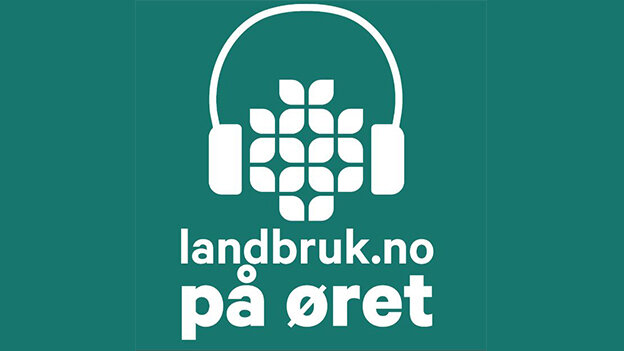
Podkastepisode fra
Landbruk.no på øret,
mars 2019
Melkerobot: Slik er det å være ku i det moderne fjøset
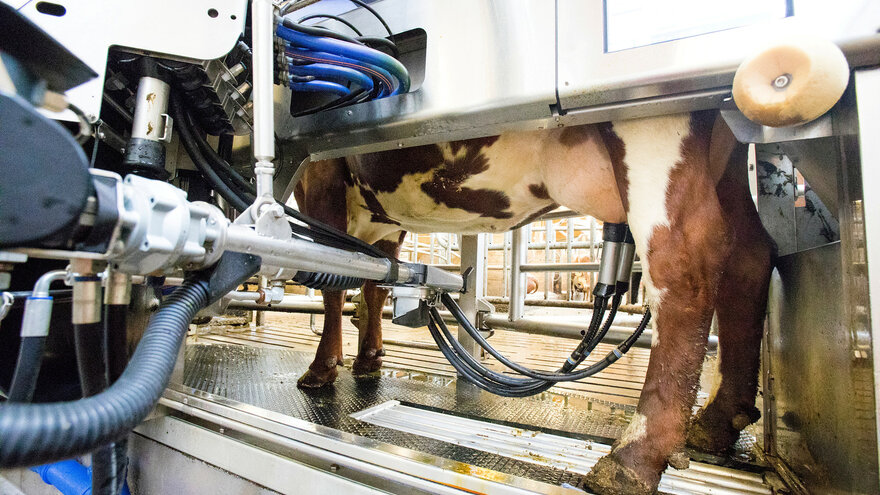
Ruralis 9. november 2017
Melkerobotbønder mer tilfreds med HMS, ferie og fritid
forskning.no 8. mai 2017
Ny sensor skal følge med på kuas helse
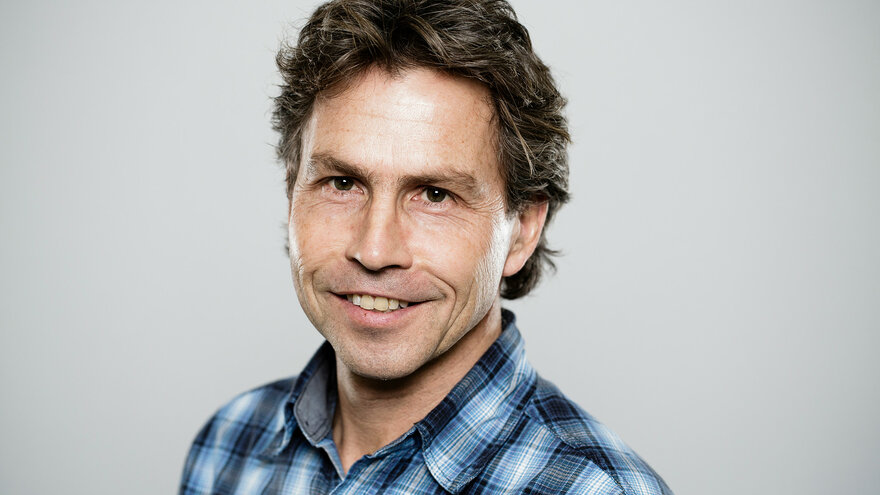
Kronikk på forskning.no
18. januar 2016
Avler fram morgendagens kyr
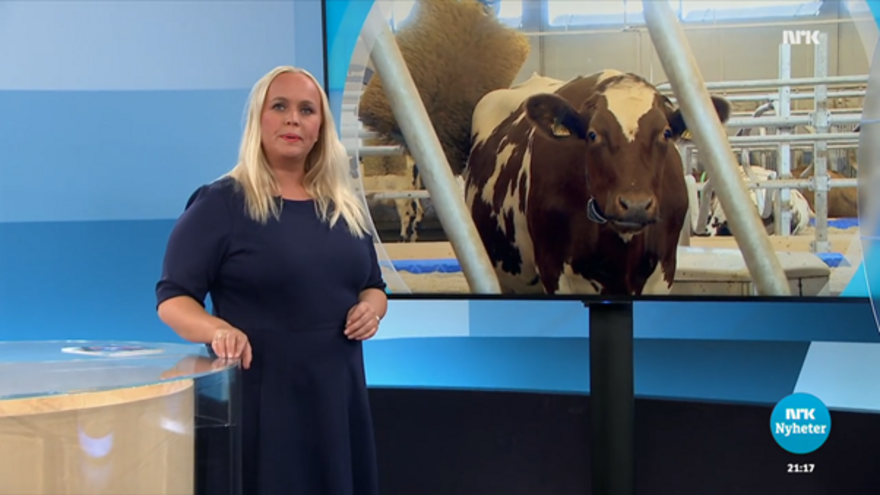
NRK Dagsrevyen 21
1. september 2016
Ku-velferd
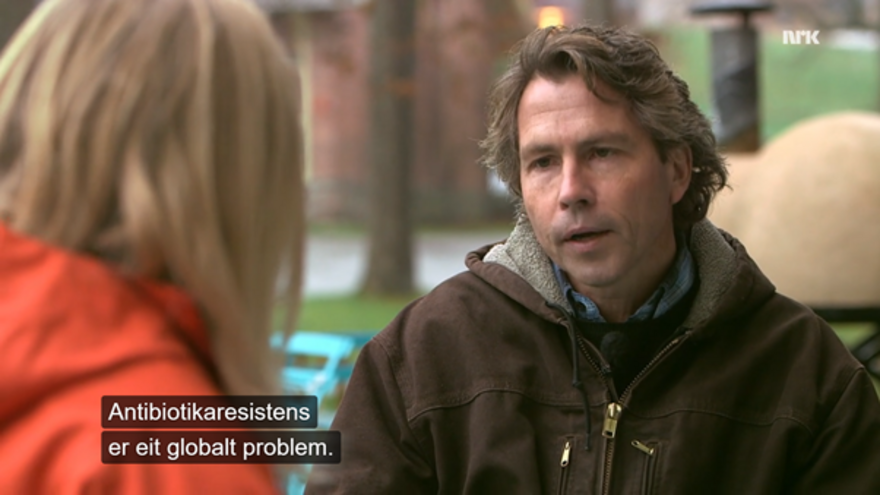
NRK Schrödingers katt 2016
